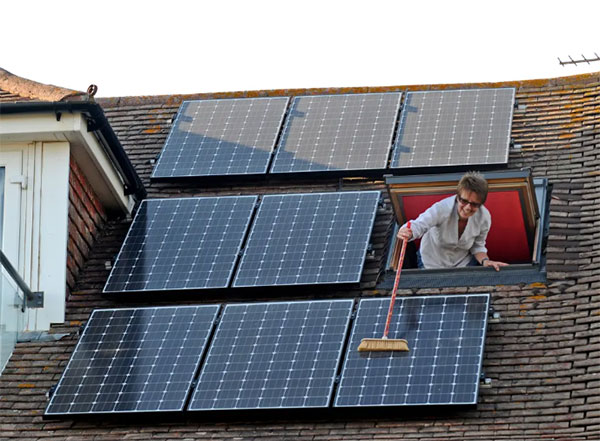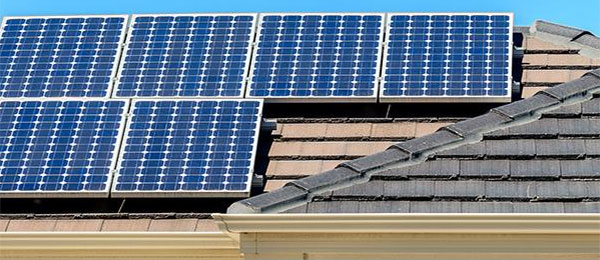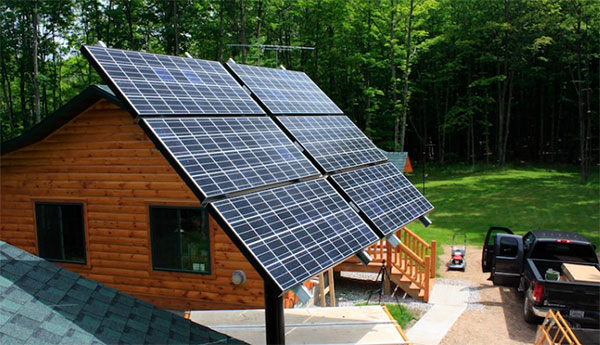Description
To choose a solar panel inverter, consider power capacity, efficiency, compatibility, cost, and environmental sustainability.
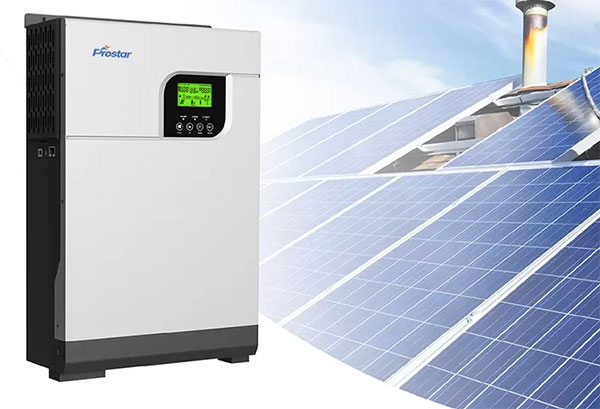
Solar Inverters
Solar inverters play a crucial role in converting the direct current (DC) output of solar panels into alternating current (AC) that can be used by home appliances and the power grid. They are essential for maximizing the efficiency of solar panels and ensuring that the generated energy is usable.
Types of Solar Inverters
String Inverters
String inverters connect a series of solar panels, or 'strings', to a single inverter. They offer a cost-effective solution and are ideal for installations where solar panels receive uniform sunlight. However, their efficiency can decrease if any panel in the string underperforms due to shading or damage.
Microinverters
Microinverters attach to individual solar panels, optimizing the output of each panel separately. This design enhances overall system efficiency, especially in varied shading conditions. Microinverters tend to have a longer lifespan and offer detailed monitoring for each panel, but come at a higher initial cost.
Hybrid Inverters
Hybrid inverters combine solar and battery storage in one system. They efficiently manage solar energy, battery storage, and grid interaction. Ideal for systems designed for energy independence and backup power, hybrid inverters, however, involve a more complex installation and higher upfront costs.
Role of Inverters in Solar Systems
Solar inverters not only convert energy but also perform vital system functions. They ensure the maximum power point tracking (MPPT) for optimal efficiency. Advanced inverters also provide safety features like anti-islanding protection, ensuring the system shuts down during power outages for safety.
Inverters are responsible for monitoring system health and performance, often offering remote monitoring capabilities through Wi-Fi or cellular connections. This feature enables homeowners and maintenance personnel to track energy production and identify issues promptly.
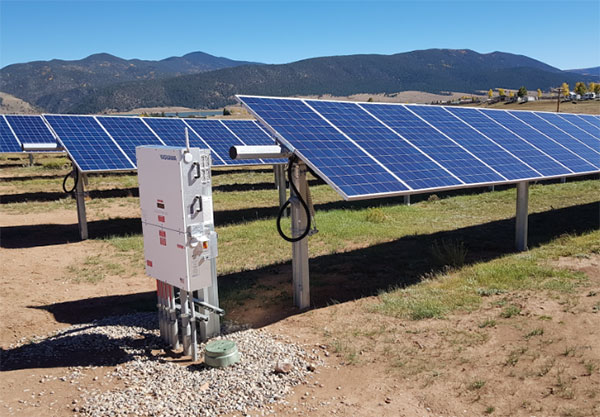
Factors to Consider When Choosing a Solar Inverter
When selecting a solar inverter, it's essential to assess various factors to ensure optimal performance and compatibility with your solar system.
Compatibility with Solar Panels
- Voltage and Power Ratings: Ensure the inverter's voltage and power ratings match your solar panels. For example, if your solar array produces 3000W, choose an inverter with at least the same or slightly higher wattage capacity.
- Type of Solar Panels: Some inverters work better with certain types of solar panels. For instance, microinverters are ideal for panels in partial shade.
- Brand Compatibility: Using inverters and panels from the same brand can sometimes enhance system efficiency and simplify installation.
Inverter Efficiency and Performance
- Conversion Efficiency: A key metric, typically ranging from 95% to 98%. Higher efficiency means more solar energy is converted into usable electricity.
- Maximum Power Point Tracking (MPPT): Quality inverters feature advanced MPPT technology to optimize power extraction under all conditions.
- Temperature Range: Inverters should operate efficiently across a wide temperature range, suitable for your local climate.
- Warranty and Lifespan: Look for inverters with a minimum warranty of 5 years. Higher-end models offer warranties up to 10 or even 25 years, indicating better reliability and longevity.
- Cost: Inverter prices vary, with string inverters generally being more budget-friendly, while microinverters and hybrid inverters are more expensive due to their advanced features.

Technical Specifications of Solar Inverters
When evaluating solar inverters, understanding their technical specifications is key to finding a model that meets your solar system's needs.
Power Capacity and Voltage
- Power Capacity: Inverters come in various capacities, typically ranging from 1 kW to 10 kW for residential use. Selecting an inverter with a capacity that matches or slightly exceeds your solar panel output is crucial. For example, a system generating 5 kW will require at least a 5 kW inverter.
- Voltage Range: The operating voltage range should align with your solar panel system. Residential inverters often operate within a range of 120V to 600V.
- Surge Capacity: Inverters should handle power surges, usually 1.2 to 2 times their rated capacity, to accommodate appliances that require more power at startup.
Inverter Durability and Warranty
- Build Quality: High-quality materials ensure longevity. Look for inverters with robust, weather-resistant construction, especially if they are to be installed outdoors.
- Warranty Period: A longer warranty often indicates better durability. Typical warranties range from 5 to 25 years.
- Service and Support: Consider manufacturers with a reputation for excellent customer service and support.
- Environmental Resistance: Inverters should be able to withstand environmental factors such as temperature extremes, humidity, and dust.
Installation and Maintenance
Proper installation and maintenance are crucial for the optimal performance and longevity of solar inverters.
Ease of Installation
- Size and Weight: Smaller, lightweight inverters are easier to install. For example, microinverters weigh around 2-3 kg, simplifying rooftop installation.
- Pre-Installation Requirements: Ensure your site meets the necessary electrical standards and space requirements. Most inverters need a clear, ventilated space, away from direct sunlight.
- Installation Process: String inverters require connecting multiple solar panels, which can be complex. Microinverters, on the other hand, attach directly to individual panels, making the process simpler.
Maintenance Requirements and Support
Regular Inspections: Conduct annual inspections to check for any physical damage, loose connections, or dust accumulation.
Cleaning and Cooling: Keep the inverter free from dust and ensure adequate cooling to prevent overheating.
Software Updates: Regular firmware updates improve performance and add new features. Some inverters update automatically, while others may require manual intervention.
Technical Support: Choose brands with accessible customer service and technical support. This ensures you get timely assistance when needed.
Warranty Service: Understand the warranty service terms. Some manufacturers offer on-site service, while others may require you to send the inverter for repair.
Cost Considerations
Evaluating the cost implications of solar inverters is crucial for making an informed investment decision.
Initial Investment vs. Long-Term Savings
- Upfront Costs: The initial investment includes the cost of the inverter and installation fees. Prices vary based on type and capacity, with microinverters generally being more expensive than string inverters.
- Energy Savings: High-efficiency inverters lead to significant energy savings over time. For instance, an inverter with 98% efficiency will convert more solar energy into usable electricity compared to one with 95% efficiency.
- Return on Investment (ROI): Consider the ROI period. A more expensive, efficient inverter might have a longer upfront ROI, but can offer greater savings in the long run.
Comparing Prices and Features of Different Brands
Brand Reputation: Established brands might cost more but often offer better quality and warranty conditions.
Feature Comparison: Balance cost with features. For instance, an inverter with advanced MPPT technology might be pricier but can optimize power output more effectively.
Warranty and Support: A longer warranty can justify a higher price, as it may save maintenance and replacement costs in the future.
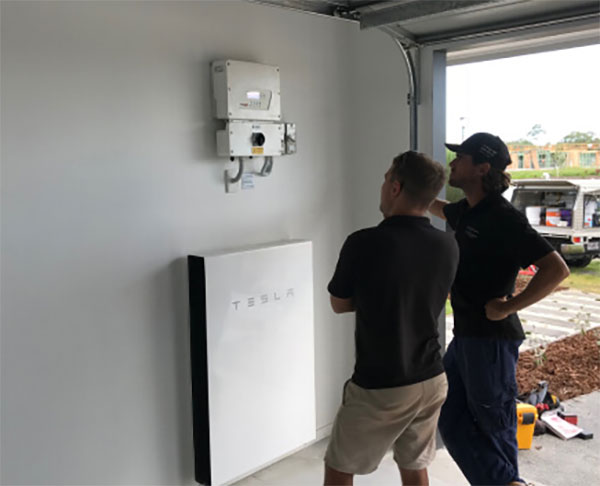
Environmental Impact and Sustainability
The environmental aspect of solar inverters is an integral part of their overall assessment.
Energy Efficiency and Carbon Footprint
Efficiency Ratings: Higher efficiency ratings mean less energy loss, contributing to a lower carbon footprint.
Lifecycle Emissions: Consider the total emissions from manufacturing to disposal. Inverters with a longer lifespan typically have a lower overall carbon footprint.
Sustainable Manufacturing Practices
Eco-Friendly Materials: Some manufacturers use recycled or environmentally friendly materials, reducing the environmental impact of production.
Manufacturing Process: Brands that implement energy-efficient and waste-reducing practices in manufacturing contribute to sustainability.





